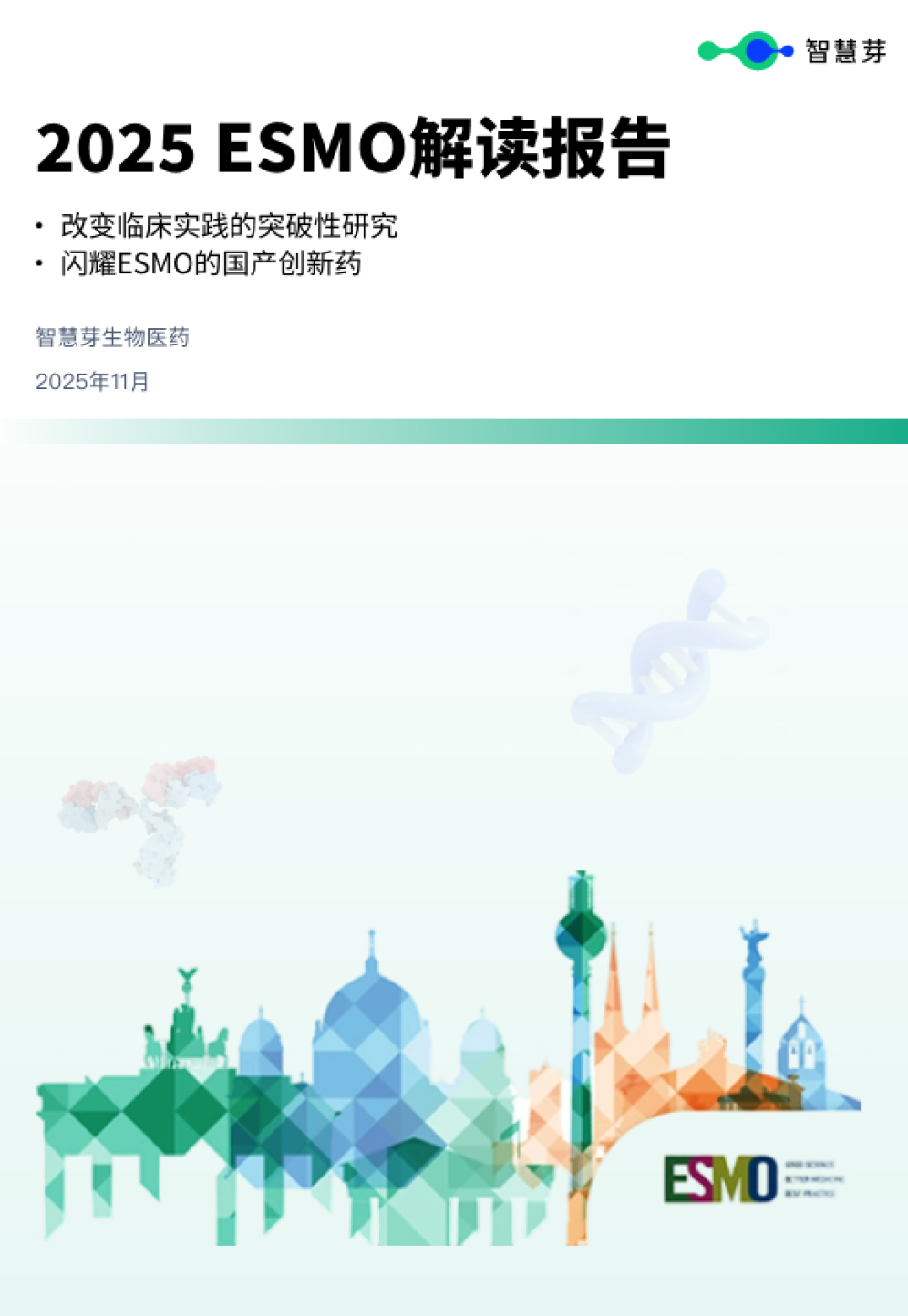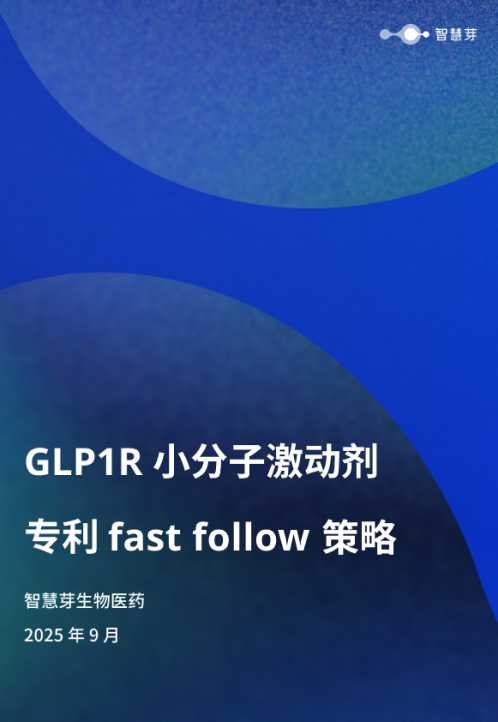预约演示
Pediatric brain tumors rely on different metabolic 'route' to fuel treatment resistance
2024-06-13
Researchers are one step closer to understanding how pediatric DIPG tumors work.
Researchers at the University of Michigan Health Rogel Cancer CenterCancer Center are one step closer to understanding how pediatric DIPG tumors work.
Diffuse intrinsic pontine glioma, or DIPG, is the most aggressive pediatric brain tumor and incredibly difficult to treat since surgery isn't feasible and recurrence is likely after radiation.
These tumors are often defined by the H3K27M driver histone mutation. Rogel researchers, led by Daniel Wahl, M.D., Ph.D., wanted to understand how this mutation affects DIPG tumor metabolism and influences radiation resistance. "These questions pointed us straight to purine metabolism," said Wahl, associate professor of radiation oncology and neurosurgery.
The findings were published in Cancer & Metabolism.
Wahl's team has previously explored how purines are metabolized in adult glioblastoma, including a clinical trial to see how blocking purine metabolism improves treatment success.
Here, the team tried a similar method of inhibiting purine synthesis. While it worked well in DIPG cells, it was less impressive in animal models.
Wahl explains that, unlike many adult glioblastomas, DIPG tumors seem to rely on two different routes to make purines. He likens it to a road with two on-ramps. "In adult GBMs, one of these on-ramps seems to be blocked, almost like it's under construction. If you block the second on-ramp with a drug, it's a real problem for the tumor. But in these pediatric brain tumors, both on-ramps appear to be wide open. So a drug that just blocks one of them doesn't really slow down the DIPGs."
Although there isn't a drug available to block this "second" on-ramp, Wahl was able, through genetic silencing, to stop purines from being made inside the cell. "When we did that, radiation worked great," Wahl said.
Erik Peterson, lead author and cancer biology graduate student agrees: "A better understanding of how these tumors evade treatment means that we're better equipped to develop new strategies to beat them at their own game and improve the outlook for kids with this disease."
Next, the researchers want to build on these findings to better understand why pediatric DIPG tumors rely on a different route from adult tumors, and how they can develop therapies to block it. With this additional work, the research team is hopeful that they could make a dent in this disease for patients in the future.
Additional authors: Peter Sajjakulnukit, PhD, Andrew J. Scott, PhD, Caleb Heaslip, Anthony Andren, Kari Wilder-Romans, Weihua Zhou, PhD, Sravya Palavalasa, MBBS, PhD, Navyateja Korimerla, PhD, Angelica Lin, Alexandra O'Brien, Ayesha Kothari, Zitong Zhao, Li Zhang, PhD, Meredith A. Morgan, PhD, Sriram Venneti, MD, PhD, Carl Koschmann, MD, Nada Jabado, MD, PhD, Costas A. Lyssiotis, PhD, Maria G. Castro, PhD
Funding: ChadTough Defeat DIPG Foundation, Alex's Lemonade Stand, Rogel Cancer Center,
更多内容,请访问原始网站
文中所述内容并不反映新药情报库及其所属公司任何意见及观点,如有版权侵扰或错误之处,请及时联系我们,我们会在24小时内配合处理。
适应症
靶点
-药物
-生物医药百科问答
全新生物医药AI Agent 覆盖科研全链路,让突破性发现快人一步
立即开始免费试用!
智慧芽新药情报库是智慧芽专为生命科学人士构建的基于AI的创新药情报平台,助您全方位提升您的研发与决策效率。
立即开始数据试用!
智慧芽新药库数据也通过智慧芽数据服务平台,以API或者数据包形式对外开放,助您更加充分利用智慧芽新药情报信息。



